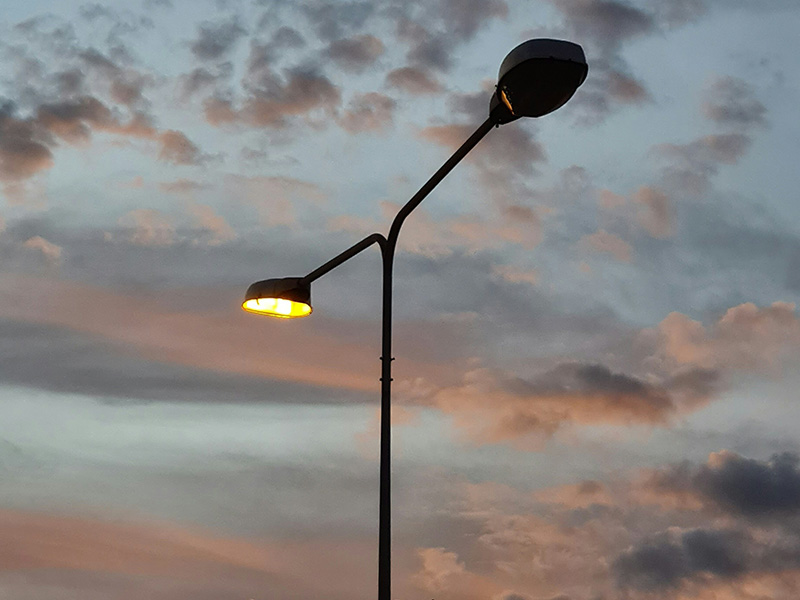Why do LED lights flicker?
LED lights may flicker due to fluctuations in the direct current (DC) delivered to the LED lamp. These fluctuations often result from ripples in the AC-to-DC conversion process within the LED driver, creating variations in the output that can correspond to the AC frequency (e.g., 100 Hz or 120 Hz).
Causes of Flickering in LED Lights:
AC to DC Conversion and Ripple Effect:
LED lights are typically powered by rectifying the alternating current (AC) from the mains into direct current (DC) to drive the LEDs. During this conversion process, a full-wave or half-wave rectifier is used to transform the AC sinusoidal input voltage into a rectified sinusoidal input voltage. However, during the “dead time” at the beginning and end of each DC pulse cycle—when the input voltage is less than the combined forward voltage drop of the LEDs—the LEDs may not be forward-biased to illuminate, resulting in flicker.
The flicker frequency is typically twice the AC sinusoidal frequency. For instance, if the AC frequency is 60 Hz, the resulting rectified sinusoidal frequency would be 120 Hz. If there are sufficiently large ripples in the DC output, the variation becomes noticeable as flicker or visual fluctuation.
Current-Driven Nature of LEDs:
LEDs are current-driven devices, not voltage-driven. Flicker occurs when the current waveform supplied to the LED is imbalanced or fluctuates. An LED driver, which is a self-contained power supply, converts the AC mains voltage into a constant load voltage and current, ensuring that flicker is minimized and not visible to the human eye. Flicker can be mitigated by reducing the ripple current in the LED load using an electrolytic capacitor across the diode bridge in the driver circuitry.
However, linear or AC direct drivers, which are becoming popular due to their simplicity, low cost, compact size, and immunity to electromagnetic interference (EMI), often lack these capacitors. Without capacitors to smooth out the output current, these drivers are prone to causing flicker due to high ripple currents. Manufacturers sometimes avoid electrolytic capacitors because they are large, expensive, and may degrade over time, impacting circuit reliability due to their temperature-sensitive properties.
Triac Dimming and Flickering:
Flickering can also occur when using Triac circuits for analog LED dimming or phase-angle dimming. A Triac is a bidirectional thyristor device that acts as a controlled AC switch, conducting current in either direction. While Triac dimmers work well with incandescent and other resistive lighting devices, they can cause flickering in LED luminaires. This flickering happens due to switching current fluctuations caused by interactions with an EMI input filter or premature turnoff during current reversals.
Conclusion
LED flickering can result from several factors, including the AC-to-DC conversion process, driver design choices, and dimming technology. Ensuring stable and smooth current delivery to LEDs through well-designed drivers, including proper filtering and capacitors, is crucial to minimizing flicker and ensuring consistent, comfortable lighting in various applications.





